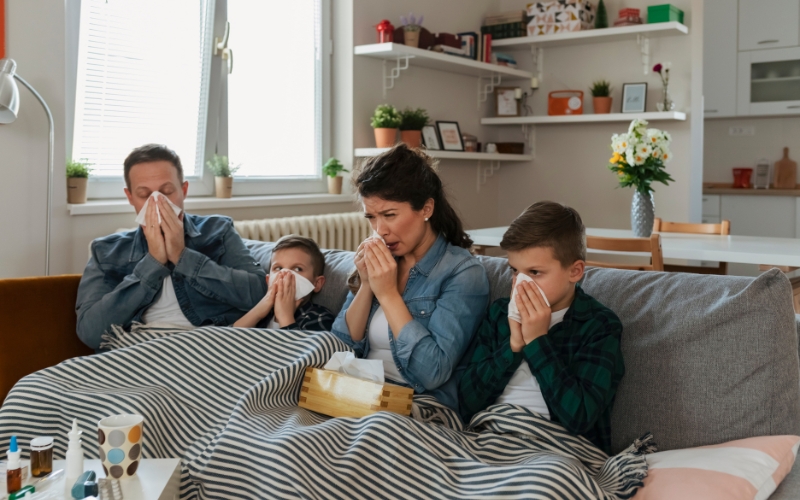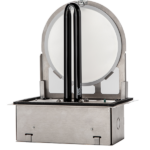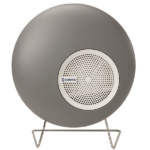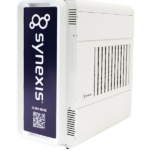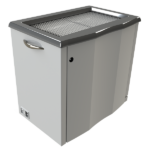Business owners know all to well their costs – rent, utilities, payroll, and much more. One cost that might not be as readily apparent is the cost of poor indoor air quality (IAQ). Businesses that neglect their IAQ carry significant consequences that might not be obvious immediately but will come back to cause problems later.
Underlying Costs of Poor Indoor Air Quality
Healthcare Expenses
The most obvious and direct costs associated with poor IAQ is the impact on health. Exposure to indoor air pollutants can cause or exacerbate respiratory issues, trigger allergies, and even contribute to asthma or cardiovascular diseases. When those occur, there is an ensuing increase in healthcare expenses that places a financial burden on both employees and employers.
Productivity Decreases
Sick employees are unproductive employees and sometimes even worse than that. Many employees will still come to work while under the weather, which is known as presenteeism. This has an impact that is both reckless and costly. Research from the University of Arizona shows that when one worker spends two to four hours in the workplace, they spread germs to more than 50 percent of commonly touched surfaces in the area. So cost one is spreading illness and cost two is a literal cost. The American Productivity Audit estimates that presenteeism costs the US economy $150 billion in lost productivity each year. And this all begins with poor indoor air quality.

Employee Turnover
The costs don’t stop at employees who are sick, but can lead to employees who become former employees. A workplace environment that has poor indoor air quality can also have a detrimental effect on employee morale and job satisfaction. Persistent discomfort and health concerns may force talented employees to seek employment elsewhere. That leads to turnover costs that are associated with recruitment, training, and lost knowledge.
Property Damage and Maintenance
Indoor air pollutants impact more than just humans. They can wreak havoc on physical infrastructure. Think about mold growth in a building. The damage it can cause can be extremely costly to rebuild and to act on remediation efforts. Additionally, corrosive airborne contaminants can accelerate wear and tear on HVAC systems. Repair and replacement costs can be exorbitant.
Reputation Damage
News travels fast and bad news travels faster. Instances of poor indoor air quality can tarnish an organization’s reputation and can erode consumers’ trust in them. Negative reviews, social media backlash, and good old-fashioned word-of-mouth condemnation can have extensive consequences.
Legal Liabilities
Neglecting IAQ can expose a business to legal liabilities and financial penalties. With so many occupational health and safety regulations mandating a safe and healthy work environment, the fines can add up. And failure to meet the standards can result in even more than fines, including litigation and regulatory sanctions.
Insurance Premiums
Insurance providers are taking notice of poor IAQ and the risks associated with it and may adjust their premiums accordingly for businesses deemed to be at a higher risk. Additionally, insurance claims that stem from IAQ-related incidents can lead to increased premiums or, worse, policy cancellation.
This is why proactive indoor air quality solutions are so important for businesses. And if it’s reactive, better to react now than after things get even worse. From regular maintenance to your HVAC systems to investing in air purification solutions like Synexis offers, businesses can do well to mitigate the hidden costs of poor indoor air quality and foster a healthier, more productive environment.
To speak with an IAQ expert from Synexis, fill out this form and we’ll contact you as soon as possible.
And to learn more about Synexis, click here.

